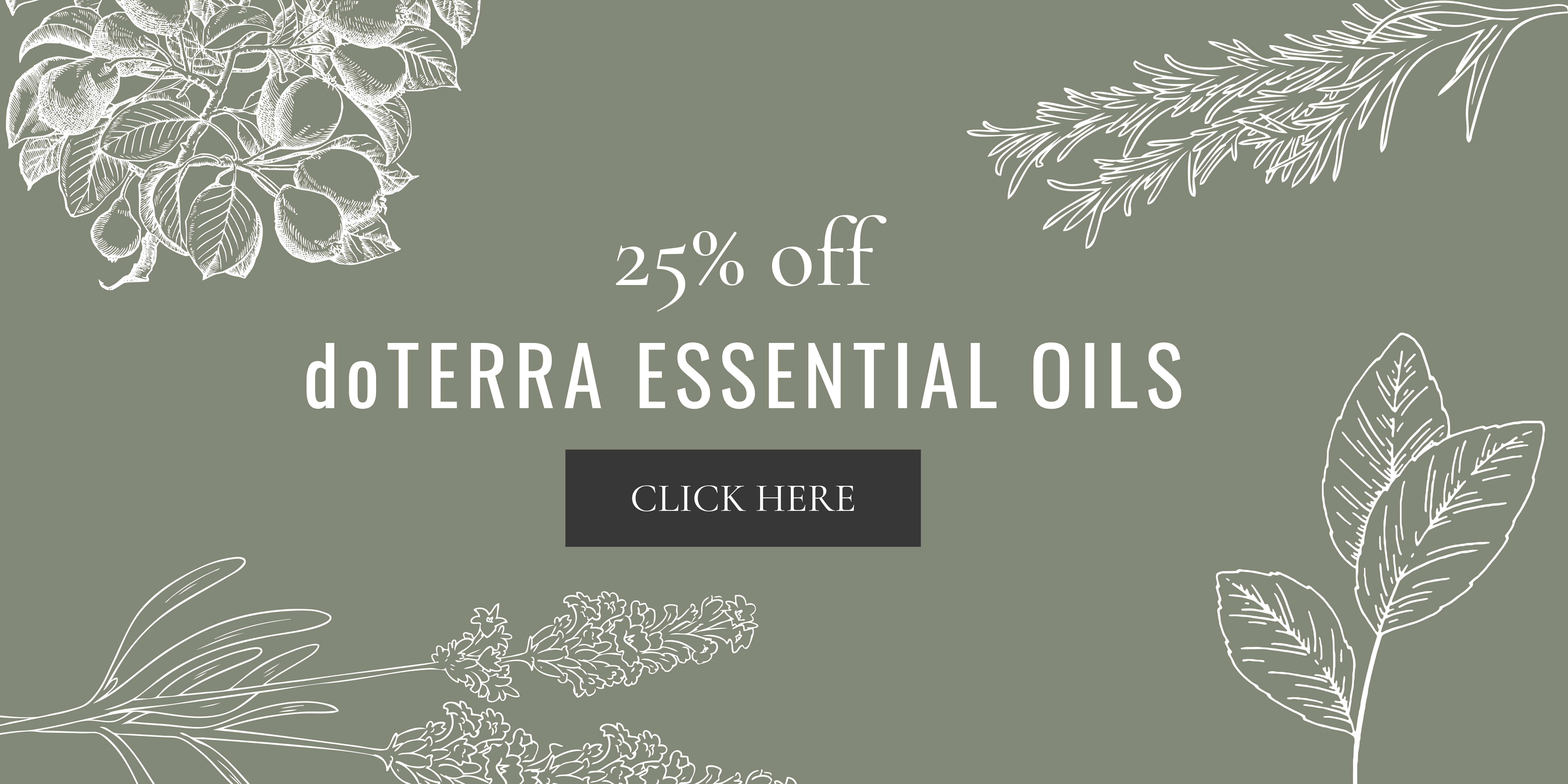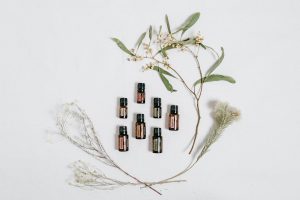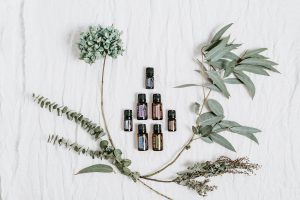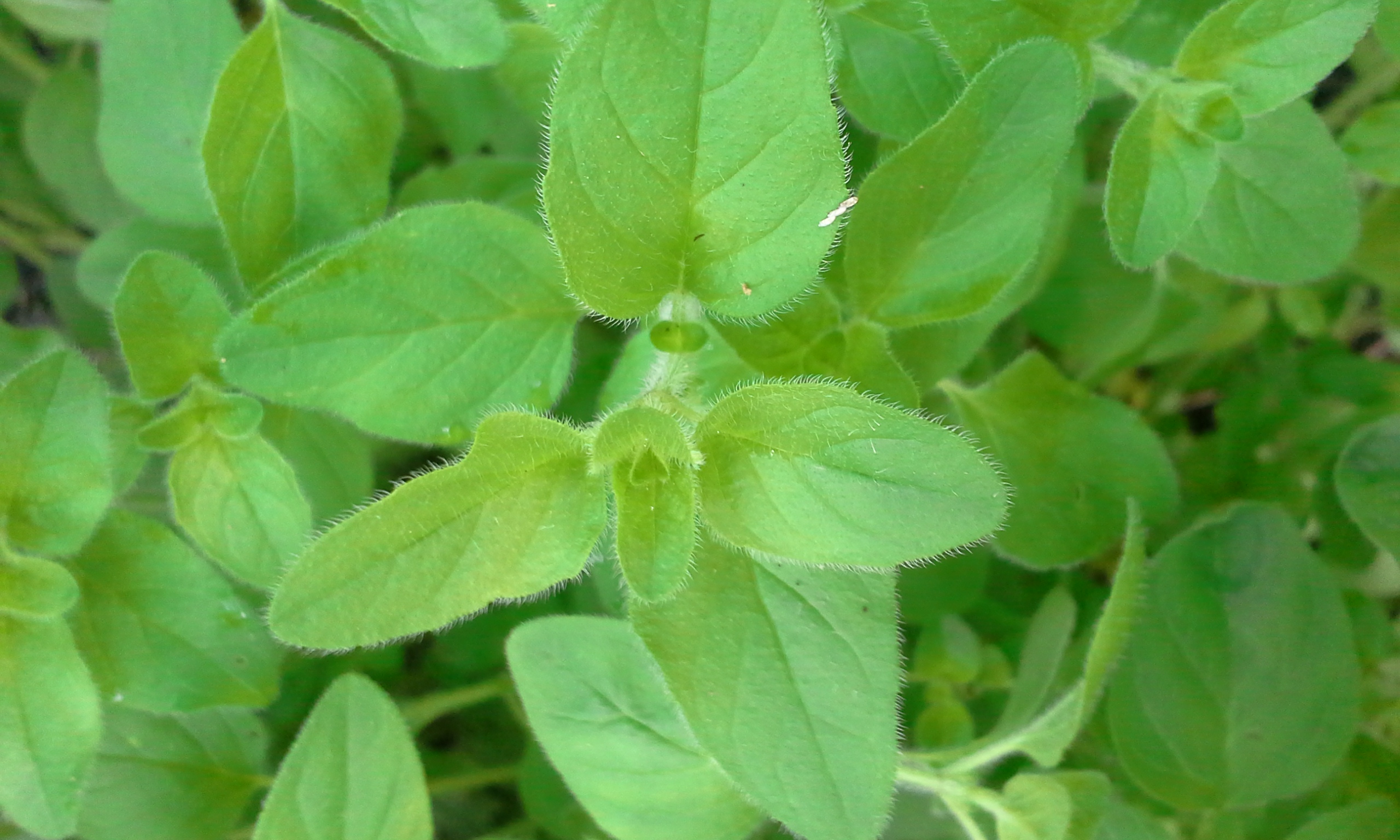
Essential Oils and Gardening
If you’re like me, you want to avoid chemicals and toxins everywhere you can – and that includes your garden. The benefit of growing my own food is that I know how it’s been planted, cared for, and that gives me the assurance that it’s the best quality I can get to fuel my body.
If you’re someone who believes nature has what we need to help us take care of ourselves, it will be no surprise to you that plants also have their own built-in self-care and healing properties. They’re called essential oils, and they’re simply the aromatic compounds found in some plants.
Essential oils are extracted from plants like lavender, peppermint, basil, lemon, thyme, and many more. The plant material is crushed and the potent essential oil is gathered via steam distillation or expression. Each essential oil contains thousands of different constituents with a variety of benefits.
Quick note: You may find fragrances that mimic lavender or peppermint in perfumes, health products, cleaning products, air fresheners, candles, cosmetics, chewing gum, candy, toothpaste, mouthwash, and many other sources. This isn’t the same quality as real essential oils.
It’s sort of like how you can get processed food or food from your garden. You can get essential oils that are synthetic and made to smell like cinnamon or lavender, or pure essential oils that have therapeutic value and come straight from nature.
Essential oils are part of my garden toolbox because they can help chase away pests, improve the health and growth of the plants, restore worn-out gardener hands, and more.
Let’s dive into my favorite essential oils for people, plants, and pests
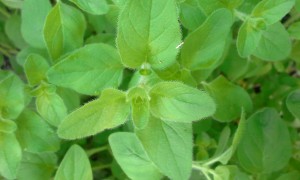
Essential Oils for You
- Clean greenhouse and garden tools. Add 10 drops of Melaleuca in 16 ounces of distilled water in a glass spray bottle.
- Cool off by applying peppermint to back of neck or make a spray bottle with 10 drops peppermint per 4 oz water. Other benefits: energizing, relieves tension, opens airways.
- Soothes skin irritations – make an after-sun spray for skin by mixing the following in a 16-ounce glass spray bottle: 1 cup aloe vera juice + 1/4 cup Fractionated Coconut Oil + 1 teaspoon vitamin E + 8 drops Lavender essential oil + 8 drops Roman chamomile essential oil + 8 drops Peppermint essential oil
- Soothe sore muscles. Apply diluted and massage to area of discomfort. Deep Blue blend (also Marjoram, Cypress, or Lemongrass)
- Exfoliate skin, cleanse surfaces, naturally detoxifying – make your own sugar scrub with 1/2 cup organic sugar + ½ cup fractionated coconut oil + 15 drops lime, lemon, or other essential oils.
- Soothe skin from bug bites or sting – dilute 1-2 drops Lavender or Basil with carrier oil and apply to skin.
- Relax and boost mood – add essential oils to your nature walk, meditation in the garden, or peaceful moments by taking 1-2 drops in your hands and inhaling deeply several times. Frankincense, Peace blend, Balance blend
- Breathe (also Eucalyptus, Peppermint): Respiratory support and clear breathing – add 1-2 drops essential oil to a cotton ball or your hands and inhale as needed.
- Seasonal distress from pollen: Mix 1-2 drops lavender, lemon, and peppermint with a small amount of carrier oil and apply to the neck and chest; or take 1-2 drops each lavender, lemon, and peppermint in a veggie capsule, 1-2 times per day as needed.
Lotion Bars (Skin Soothing Salve)
- ½ cup coconut oil
- ½ cup cocoa butter
- 1 teaspoon vitamin E oil
- 15 drops of dōTERRA essential oil Lavender, Melaleuca, and/or Chamomile
Measure all ingredients, except for essential oils, in a large glass jar.
Place jar in saucepan with 1-1.5 inches of boiling water. Stir ingredients until combined (around 10-15 minutes)
Once melted, remove from heat and cool 3 minutes. Add essential oils and stir. Pour mixture into silicone mold. Let mixture harden for 2-3 hours. Rub lotion bar on skin for extreme moisture.
Essential Oil for Pests
Use 10 drops of essential oil per 32 ounces of water for spraying on flowers fruit and vegetables. Best uses: insect deterrents, to rid plants of mold and mildew, and to encourage growth.
- Ants: Peppermint
- Beetles: Terra Shield, Thyme
- Fleas: Lavender, Lemongrass, Peppermint
- Flies: Basil, Clove, Eucalyptus, Lavender, Peppermint, Rosemary, Clove
- Mice and other rodents: Peppermint
- Mosquitoes: Lavender, Lemongrass, Terra Shield
- Roaches: Eucalyptus
- Spiders: Peppermint
- Ticks: Lavender, Lemongrass, Thyme
Pest Repellent Spray
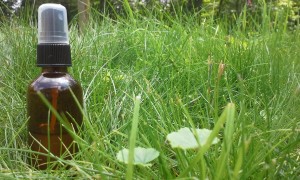
- 12 drops essential oil
- 8 ounces of water
- ½ teaspoon natural soap (e.g. castile)
- Add to spray bottle. Remember to shake the bottle frequently to keep the oil mixed with the water.
Precautions:
- Do not apply when temperatures are excessively high (above 100 degrees F), or if plant tissues are wet or rain is likely( inhibits oil evaporation).
- Avoid direct sunlight for 12 hrs following topical application of citrus oils.
For Your Plants (Companion Oils)
- Green Beans: Lavender, Basil
- Beetroot: Marjoram
- Tomatoes: Basil
- Cabbage: Peppermint, Sage, Thyme, Clary-Sage, Chamomile
- Carrots: Sage
- Cauliflower: Thyme
- Onion: Chamomile
- Peas: Geranium
- Potatoes: Basil, Sage
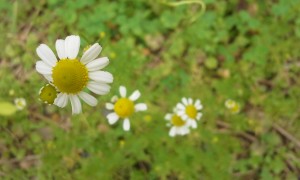
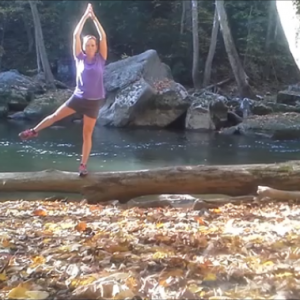 Previous Post
Previous Post Next Post
Next Post